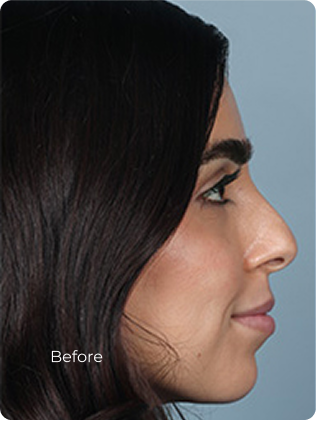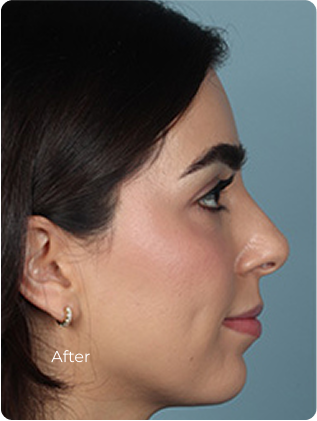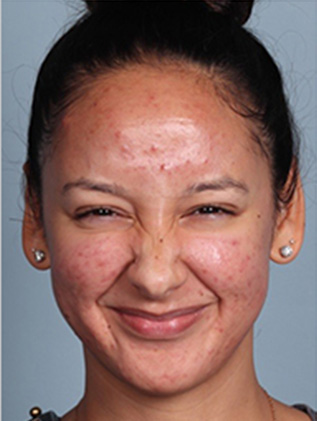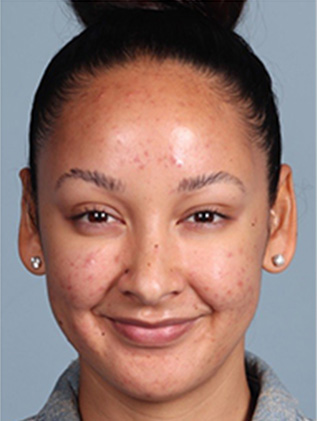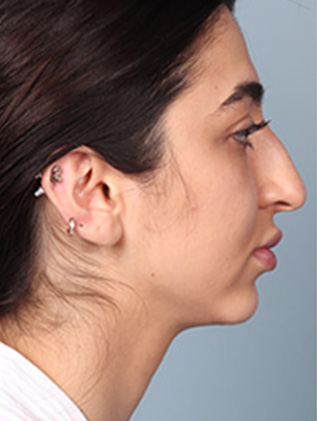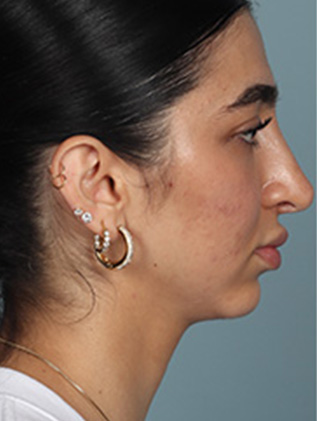Gazing into the mirror can serve as a stark reminder that the signs of aging are manifesting prominently on your face, much like the unmistakable ‘before’ image in a mini facelift and full facelift comparison. The sagging skin, wrinkles, and diminished elasticity are clear indicators, standing out with uncompromising clarity. Comparing your current reflection to an old photograph may evoke the sensation of observing the stark contrasts typically illustrated in ‘before and after’ photos of both mini facelift and full facelift procedures—like glimpsing a completely different person.
As we age, it’s natural for our skin to lose its firmness and our facial muscles to weaken, resulting in the appearance of lines and wrinkles. This is where facelifts come in, as they are one of the most effective ways to reverse the signs of aging and restore a more youthful appearance.
But which facelift is the best option for you? In this article, we discuss the two most popular types of facelifts – the mini facelift and full facelift – and explore their differences, benefits, and considerations.

What Is a Full Facelift?
A full facelift, also known as a traditional facelift or rhytidectomy, is a surgical procedure that addresses the entire face, from the forehead to the neck. It is designed to restore a more youthful appearance by tightening and repositioning sagging skin and muscles.
A full facelift, as you might guess, is a more extensive procedure than a mini facelift. It involves making incisions along the hairline, around the ears, and possibly under the chin to access and lift the underlying facial muscles and tissues. This allows for a more comprehensive rejuvenation of the face.
What Is a Mini Facelift?
A mini facelift is a less invasive version of a full facelift. It targets the lower third of the face, specifically the jawline and neck. It is ideal for those experiencing mild to moderate signs of aging in these areas.
During a mini facelift, small incisions are made around the ears and near the hairline to allow for lifting and tightening of the facial muscles and tissues. The procedure is less extensive than a full facelift, resulting in a shorter recovery time and less scarring.
What Does Full Facelift Do That’s Missing from Mini Facelift?
A full facelift targets the entire face, including the sagging cheeks, midface region, jowls, and jawline. In some cases, a full facelift may also include a neck lift to address sagging skin and excess fat in the neck area. This comprehensive approach allows for more dramatic results that can last up to 10 years (that’s individual; consult with a surgeon for your specific case).
In contrast, a mini facelift only focuses on the lower third of the face, addressing mild to moderate signs of aging in this area. While it can still produce noticeable results, it may not be enough for those who have more significant signs of aging in other areas of the face.
So, a mini facelift misses the benefits of rejuvenating the entire face and neck, which can provide a more youthful and refreshed appearance.
Mini Facelift and Full Facelift: The Difference of Techniques
When deciding between a mini or full facelift, it’s crucial to consider which areas of concern you want to address to ensure that you achieve the desired results. Here is a brief overview of the key differences in technique.
Full Facelift: A Comprehensive Face Rejuvenation
A full facelift involves rejuvenating the entire face, which requires a comprehensive approach from a surgeon—just like Dr. Luis Macias does at Aesthetic MdR.
Firstly, before surgery is planned, the doctor does a detailed evaluation of your facial contours and thoroughly reviews your medical history during your consultation. This helps determine the right course of action, as well as potential risks and complications.
Further, every facelift is treated with laser treatment at the one-week mark so that it’s easier to address bruising, sun spots, elasticity, and texture. This helps improve the overall results and reduces the recovery time.
Lastly, a full facelift by Dr. Luis includes a detailed skin care treatment plan and facial. That’s something that may be overlooked, but it’s crucial for achieving long-lasting and natural-looking results. Particularly, a doctor will recommend specific skincare products and treatments tailored to your individual needs, along with regular check-ups to monitor if any adjustments need to be made.
With a full facelift in your plans, you should clearly understand that it’s a major surgery, and choosing the right surgeon is crucial for your successful outcome.
Mini Facelift: More Focus On the Lower Face and Jawline
A mini facelift addresses mild skin laxity and jowls along the lower portion of the face and neck. This surgery requires small incisions discreetly placed around the ears, resulting in less visible scarring compared to a full facelift. The recovery time for a mini facelift is shorter, around 1-2 weeks, and may vary depending on the individual.
Some mild swelling and soreness may persist for up to two weeks, but most patients experience little to no bruising. However, to be on the safe side, Dr. Luis Macias may recommend laser treatment after the recovery period, which improves the skin’s color and texture and provides you with well-rounded results.
The mini facelift is more suitable for those with mild skin laxity and jowls. It adds a strong definition of the jawline, but it is not recommended for patients with more severe signs of aging.
Let the double board-certified plastic surgeon Dr. Luis H. Macias explain the differences between mini facelift and full facelift better.
embed video: https://www.youtube.com/watch?v=SgJsPWwpgSQ&t=52s
Book a consultation with Dr. Luis for more details.
How to Recover from Facelift Procedures?
The general rules are the same for any type of surgery – rest, proper nutrition and hydration, and following post-operative instructions from your plastic surgeon. The initial recovery period will take around a week, after which you can return to work and resume light activities.
In both cases, you will need to consider that the longevity of the results depends on your lifestyle – smoking and sun exposure can negatively impact the healing process and cause premature aging in the treated areas.
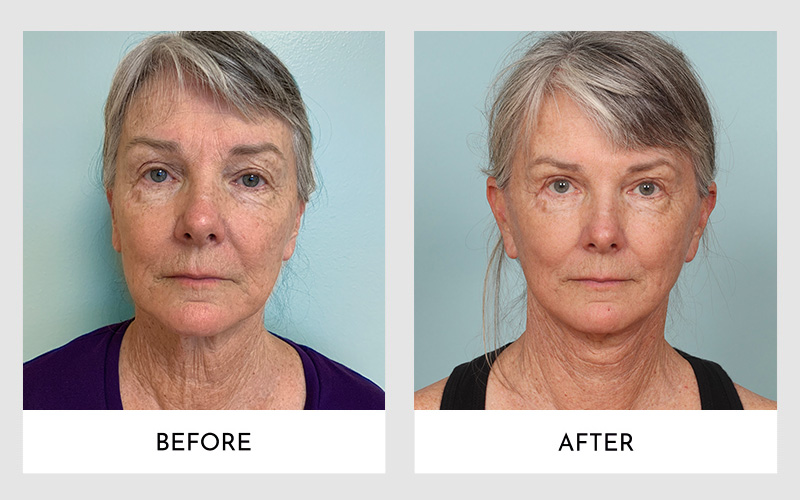
Potential Risks
A lot of research has been done over the last few years on facelift procedures, making them significantly safer than they used to be. However, as with any surgery, there are some potential risks to be aware of. These include:
- Bleeding
- Infection
- Nerve damage
- Scarring
- Poor wound healing
- Earlobe
- Numbness
- Deformity
The key to avoiding these potential complications is choosing a highly qualified and experienced plastic surgeon, following pre-and post-operative instructions carefully, and having realistic expectations for your results.
A competent surgeon will use the right techniques and be careful with the facial nerve and blood supply to minimize these risks. In most cases, any potential complications can be addressed and corrected by your surgeon.
The Difference in Pricing
Let’s not mention specific prices, but generally, a full facelift is 2-3 times more expensive than a mini lift, but you should also consider that it differs from surgeon to surgeon, city to city, and the techniques used. Remember that it is your face we are talking about here, so don’t skimp on quality for a lower price. After all, complications or unsatisfactory results can end up costing you more in the long run.
Meet Dr. Luis Macias | Experience Matters
Are you in search of a highly qualified and experienced plastic surgeon for your facelift? Look no further than Dr. Luis Macias. Dr. Macias is double-board certified in both Plastic Surgery and General Surgery, having completed extensive training and residencies at some of the top medical institutions in the country.
He never stops learning and improving his techniques. That’s why at Aesthetic MdR, you’ll receive top-tier, science-driven, and effective facial treatment based on the latest advancements in the field.
Want to know his techniques in more detail? Here’s a short recap of the facelift techniques he does:
embed video: https://www.youtube.com/watch?v=rYc-j_VxW3Y
Key Things About Facelift
However developed this idea is, it is always important to mention the importance of a consultation with your chosen surgeon before proceeding with a facelift. No facelift approach can be one-size-fits-all, and consultation allows the surgeon to evaluate your unique facial structure and discuss your desired outcomes. It also allows you to ask any questions or express any concerns you may have before making a decision.
During your consultation with Dr. Macias, he will thoroughly assess your facial features and skin quality to determine the best approach for achieving natural-looking results. He and his team of experts will also walk you through the procedure, its potential risks and benefits, and what to expect during recovery.
Want to know more?
Book a personalized consultation with Dr. Macias and learn more about the deep plane facelift technique and how it can benefit you.
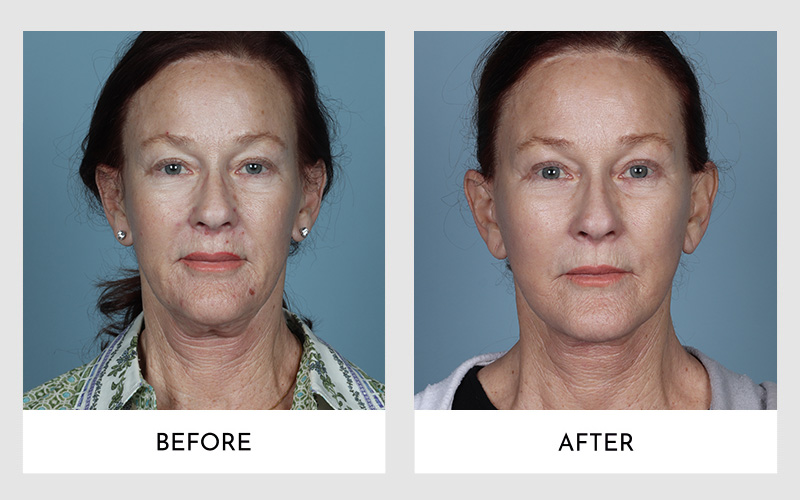
Conclusion
Both mini and full facelifts are effective at rejuvenating your appearance and slowing the aging process. The choice between the two largely depends on factors such as your age, skin type, the severity of wrinkles and sagging, and your overall expectations.
A mini facelift is often suitable for younger patients with mild signs of aging or for individuals who have previously had a full facelift and wish to maintain their results. In contrast, a full facelift is better suited for addressing more pronounced signs of aging and typically offers more enduring results.


